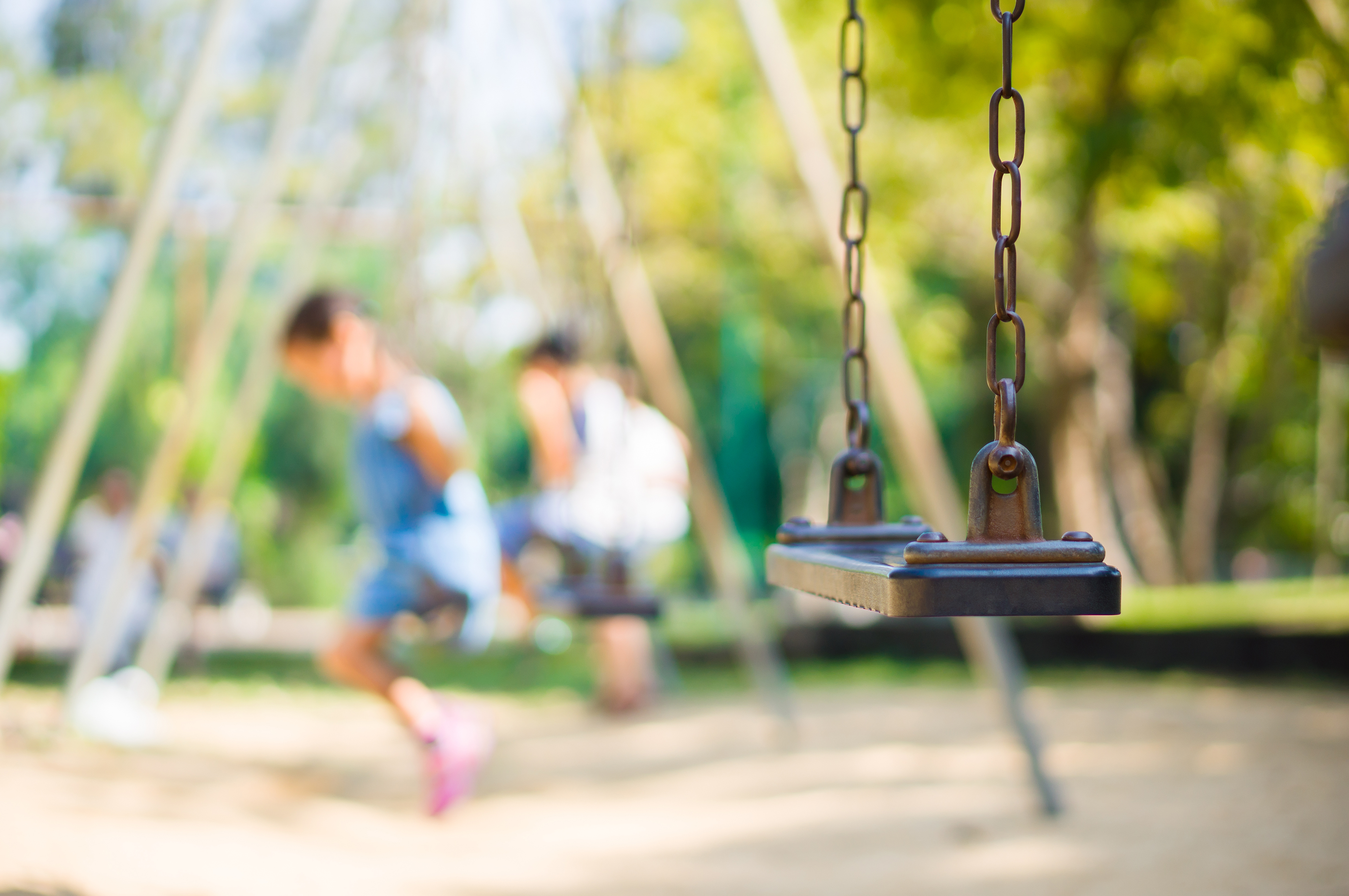This is National Child Protection Week - ‘Stronger Communities, Safer Children'. This week, NAPCAN want to emphasise the value of connected communities in keeping children and young people safe and well. This article examines the role of boarding schools as a 'community' and how boarding schools are legally required to create child safe environments in those communities, in addition to having standards of compliance available to help them keep their boarders safe.
What is a boarding community?
The Oxford Dictionary provides several definitions for the word ‘community’:
- a group of people living in the same place or having a particular characteristic in common;
- the people of a district or country considered collectively, especially in the context of social values and responsibilities;
- a society; and
- the condition of sharing or having certain attitudes and interests in common.
Schools are often being defined as ‘learning communities’ and boarding schools are reflected within most of the definitions above. They are composed of a group of young people living in the same place with a particular characteristic in common (students of the school), they should have common and shared social values and responsibilities and they should share common attitudes and interests. Does your boarding facility tick all three criteria?
Why do boarding communities need to ensure child safety?
We reported in an earlier School Governance article in June that the Royal Commission into Institutional Responses to Child Sexual Abuse (Royal Commission) released a report entitled: Assessing the different dimensions and degrees of child sexual abuse in institutions (the Report). The Report identified the four dimensions of the risk of child sexual abuse as:
- situational risk;
- vulnerability risk;
- propensity risk; and
- institutional risk.
According to the Report, boarding schools fall into the upper-medium and high-risk categories for all four dimensions of risk and due to the nature of their activities and operation, they are described as "total institutions." The Report identified four reasons why boarding schools have such a high cumulative risk of child sexual abuse in comparison to other institutions:
- the residential context gives ample opportunity for perpetrators to be alone with children without being observed;
- children are completely under the authority of the adults and have no reasonable alternative but to comply with demands;
- the children have no parents actively in their lives during the school term to whom they could disclose abuse or to whom they could turn for protection; and
- there is little oversight or influence over the norms of the boarding school from the outside environment.
Several boarding schools around Australia have been in the spotlight in the recent public hearings before the Royal Commission. Many schools providing boarding services were required to give evidence in relation to incidents of historical sexual abuse involving boarding students and how the schools managed those incidents. Generally, the Royal Commission found that those allegations were handled poorly.
So, with this information and other reports from the Royal Commission close at hand, what are boarding schools actually doing to ensure that their students feel safe and protected?
Legal compliance and the national Boarding Standard
In an earlier School Governance article, we quoted Boarding Australia and Australian Boarding Schools Association (ABSA) as saying “The regrettable incidents that have occurred in a minority of boarding schools in the past are not an accurate reflection of a sector that is committed to ongoing improvement with skilled staff providing an excellent experience for boarders and their families.” In addition, Steve and Jenny Florisson from Boarding Training Australia, in their paper ‘Preventing Sexual Abuse in the Student Boarding Industry’ noted that: "Governing bodies, principals and heads of boarding/managers will do whatever it takes to ensure the safety of students in their care while boarding."
It can be strongly argued that one manner in which boarding schools can ensure that they are engaging in proactive child protection behaviours in their boarding facilities, in addition to legislated state and territory requirements, is to adopt AS 5725:2015 Boarding Standard for Australian schools and residences (AS 5725 or the Standard) as a model of best practice. Refer to our briefing paper for more information about compliance with the Standard.
ABSA also stated that: “What the Australian Boarding Standard offers is an evaluative instrument that brings together the best state and territory school boarding standards found throughout Australia. It also adds best practice from boarding schools overseas. Most importantly, the Australian Boarding Standard represents the collective wisdom from a large number of experienced boarding staff and administrators. The result is that the Australian Boarding Standard has great integrity. In essence, it represents standards determined by the boarding profession for the boarding profession.”
Importantly, in recent times, several states and territories have incorporated boarding specific conditions in their registration requirements. Some, such as WA, have included reference to the Standard as "best practice" for all non-government boarding schools. A summary of the state and territory requirements is below:
- NSW: Section 47(1)(i) of the Education Act 1990 (NSW) prescribes that if a school provides boarding facilities, whether itself or by contractual arrangement, it must have policies and procedures in place that are satisfactory to ensure the safety and welfare of boarders. The NSW manuals prescribe a set of eight (8) minimum standards for the safety and welfare of boarders including topics such as accommodation, boarder rights and responsibilities and training staff on child protection responsibilities.
- WA: the WA Registration Standards include Standard 10 that deals specifically with boarders. Standard 10 has seven (7) requirements that address a broad range of topics including accommodation, diet and ensuring staff are competent, fit and proper persons who meet child protection requirements. The WA Registration Standards include a direct reference to the Standard.
- TAS: the new Education Regulations 2017 (TAS) include a section on Student Welfare in the Standards for Renewal of Registration of Registered Individual Schools. Clause 6(3) states that “a registered individual school must have one or more policies relating to…if the individual registered school operates a boarding house, the safety and welfare of students accommodated at the boarding house.’’ The same obligation applies to a system of non-government schools.
- NT: section 101 of the Education Act 2016 (NT) prescribes that “any person or body providing facilities for the accommodation of students enrolled in a Government school must ensure that the facilities meet any relevant Australian Standard.” The phrase "Australian Standard’’ is undefined in the legislation but guidance from the NT Department of Education confirms that it refers to the Standard.
AS 5725:2015 provides a national standard in an inconsistent legal environment
One of the biggest advantages of the Standard is the fact that it establishes a national benchmark for compliance for boarding schools across Australia. While schools are subject to laws which vary dramatically depending on which state/territory they are located in, the Standard presents a unified approach for all school governors and managers to refer to on the topic of boarder safety. With over 100 points of compliance in the Standard, there is a lot of information for boarding schools to understand and implement. However, following on from our many personal discussions with school representatives at the recent Boarding Australia National Conference The Other 18 Hours and the Australian Boarding School’s Association Leadership Conference Positive Change, it is very apparent that many boarding schools are looking to implement the Standard as a base model of best practice. This is particularly with regard to Section 3 of the Standard - ‘Boarders'. This section includes requirements in relation to the protection, safety, health, care and development of boarders. Until national legal reform occurs to harmonise the current patchwork system of laws affecting schools around Australia, the Standard provides a welcome - although optional - source of compliance for schools.
Along with the opportunity for schools to implement the Standard, there have clearly been massive ongoing changes regarding the overall care and accommodation of boarders, and this has been apparent in the overall increase in the number of boarding school students across the country. However, it is the student’s perception of being safe in their boarding school that is crucial for them to be happy and to feel that they are more than a group of young people living in the same place.
If they feel empowered, valued and above all, safe, they will be more willing to share common and social values and responsibilities and share a common attitude. This is the basis of true cultural development. Dr Alec O’Connell said that "culture is the habit of being pleased with the best and knowing why. It is a way of saying “this is how things are done around here." Focusing on your culture provides purpose, provides accountability for exceeding performance and models the organisation’s core values."
Dan Cox, CEO of Boarding Australia, was quoted as saying of the Standard: “The first thing it does is makes a really clear statement that all students have the right to be safe in a boarding environment, and that’s paramount, even before they have access to a good quality education.”
Is your school implementing or contemplating the implementation of AS 5725 as a standard to ensure that your boarders and their families have evidence that shows that you are serious about the protection of the students in your care?



